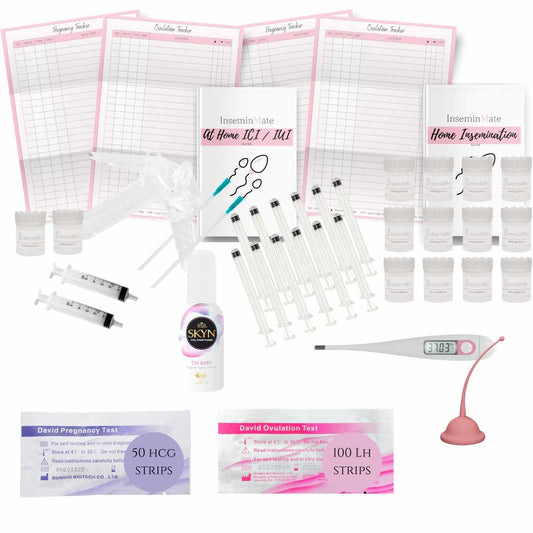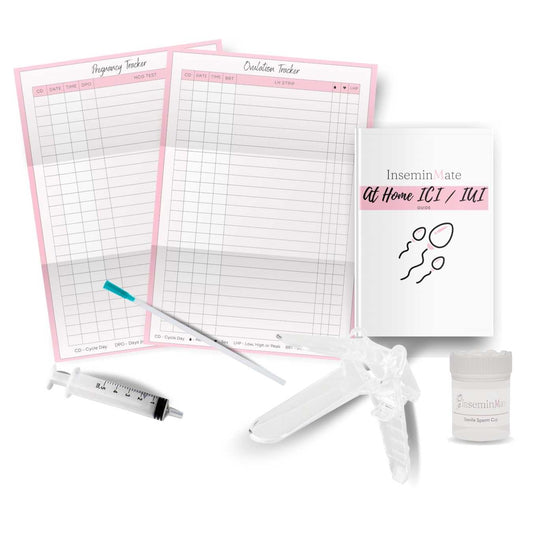Ovulation, the release of a mature egg from the ovary, marks a significant milestone in a woman's menstrual cycle. It signifies the peak of fertility and the beginning of the luteal phase. But what exactly happens on day 1 after ovulation? In this blog post, we will explore the various physiological changes and processes that occur during this crucial phase of the menstrual cycle.
- The Journey of the Egg:
Once ovulation takes place, the egg is released from the ovary and starts its journey through the fallopian tube towards the uterus. If fertilization occurs, the egg may meet a sperm and become fertilized within 24 hours of ovulation. If fertilization does not occur, the egg will disintegrate and be absorbed by the body.
- Hormonal Changes:
After ovulation, there is a shift in hormonal levels. The ovary, which released the egg, now starts producing progesterone, a hormone that prepares the uterus for potential pregnancy. Progesterone helps thicken the uterine lining, making it a suitable environment for implantation.
- Basal Body Temperature:
Tracking basal body temperature (BBT) is a common method used by women to determine ovulation. On day 1 after ovulation, BBT tends to rise slightly due to the increased production of progesterone. This temperature rise can be used as a sign of successful ovulation.
- Changes in Cervical Mucus:
During ovulation, cervical mucus becomes thin, clear, and stretchy, resembling the consistency of raw egg whites. This fertile mucus aids sperm in their journey through the reproductive tract. After ovulation, the cervical mucus returns to a thicker, less fertile state, serving as a natural barrier to prevent bacteria and sperm from entering the uterus.
- Ovarian Changes:
The ovary that released the egg undergoes changes after ovulation. It forms a temporary endocrine structure called the corpus luteum. The corpus luteum produces progesterone and small amounts of estrogen to support a potential pregnancy. If fertilization does not occur, the corpus luteum gradually degenerates, leading to a decrease in hormone production.
- Waiting for Implantation:
Following ovulation, the endometrium, or the lining of the uterus, thickens in response to the rise in progesterone levels. This prepares the uterus for implantation in case fertilization occurs. If fertilization does not happen, the endometrium will eventually shed during menstruation.
Conclusion:
Day 1 after ovulation is a critical juncture in a woman's menstrual cycle. It marks the beginning of the luteal phase, characterized by hormonal changes, cervical mucus alterations, and the development of the corpus luteum. Understanding these physiological processes can help women track their fertility, optimize chances of conception, or gain insights into their menstrual health.
Whether you're trying to conceive or simply curious about your body's intricate workings, being aware of what happens on day 1 after ovulation provides valuable knowledge about the female reproductive system. Remember, each woman's experience may vary slightly, but these general changes can serve as a guide to better understanding your own unique fertility journey.




